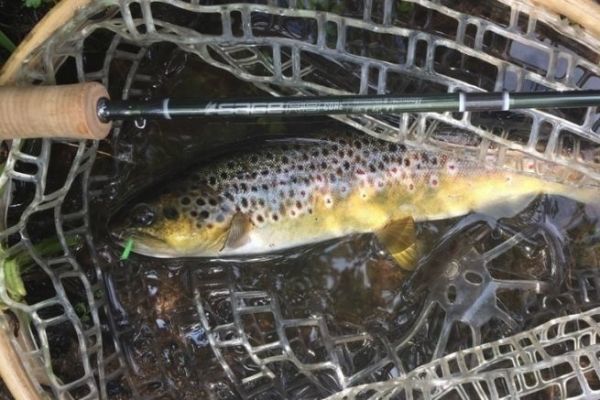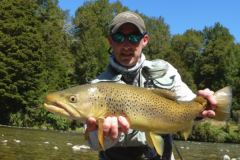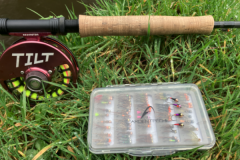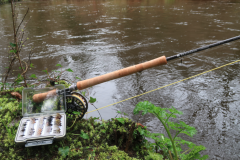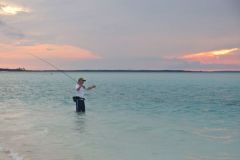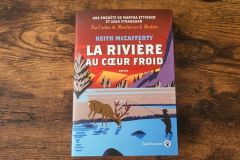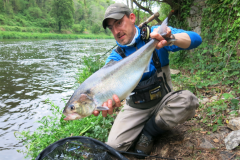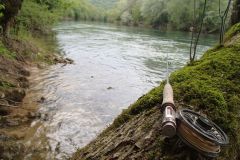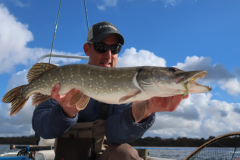A prey that drives trout crazy
Many caterpillars live in the riparian zones of our waterways, but oak and willow caterpillars can drive river trout completely mad.
In spring, caterpillars emerge from their "hibernation" and start crawling all over the place, especially on tree branches. They often end up in the water, descending by their silk thread to land on the ground, where they transform into butterflies. But some will fall into the water, and the trout are well aware of this, waiting impatiently for them every year.
The green caterpillars known as oak budworms are unfortunately parasites that eat the leaves of trees. They are abundant in certain regions, such as Brittany, and can create real euphoria in trout.
The period can last from a few days to two weeks, and it's especially on windy days that they fall overboard even more.
The trout are stationed under the oak trees, waiting for the characteristic sound of the caterpillar falling, which emits a heavy thud and a small swirl. Without missing a beat, the nearest trout rush to grab the caterpillar. First come, first served!

Where to fish?
There are several species of caterpillar, but populations are highest on old oaks. On willows, there are also small caterpillars that trout also eat. The caterpillar is green in both cases, but not quite the same size and color.
This type of fishing can be practised on most rivers in France, but oak budworms must be present. All you need to do is look at the leaves on the trees. They are usually "browsed" by caterpillars. They're also easy to spot, as they're almost chartreuse green. Trout can spot them from a distance, but above all they know where to find them.
I'm pretty sure that the trout during this period will temporarily move from their usual spots, to take advantage of this very easy-to-consume protein source. And as far as I'm concerned, they congregate under these trees for this short period of time.
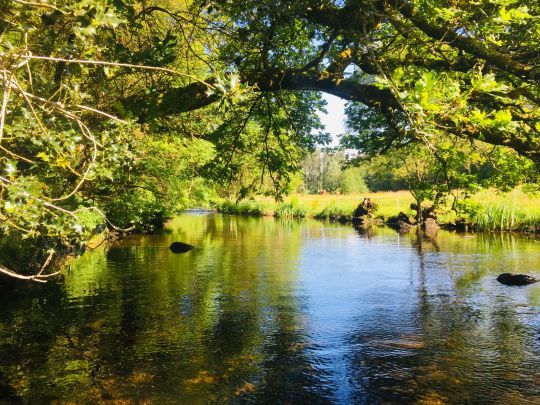
You need to look for trees where the caterpillars are emerging, which depends on the stage of development of the caterpillars as they gradually emerge from the trunks.
Once they start coming out, it doesn't last very long. A few days at most, or even a week.
Depending on geographical location, caterpillars emerge earlier or later in the season, which is linked to temperature.
For example, in estuaries close to the sea, caterpillars emerge one to two weeks earlier than on rivers located further inland.
So we need to keep track of them to be in the right place at the right time.
On the same river, you also need to move around to find where they are falling into the water. By moving around several sections of the river, you'll quickly see if the caterpillars are descending from the trees by their silk threads, and especially if they are making large, noisy gobbles under the oak trees. If there's no activity, move on to another sector, generally from downstream to upstream. Upstream rivers are often at higher altitudes, and therefore colder. Caterpillars emerge later.
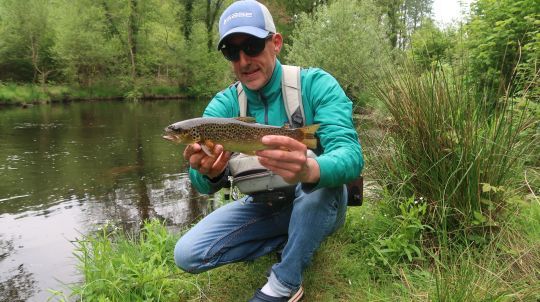
Which imitations to use?
Several models and techniques can be used during the caterpillar season.
When trout are really excited on the surface, using a single fly works quite well, especially if you see trout moving and gobbling.
Nevertheless, it is sometimes difficult to hook trout at the right moment, as they are so eager to hook. Early strikes are common.
Delay and strike either when the wire is taut (if the caterpillar has sunk) or one or two seconds after gobbling if they take the landing.
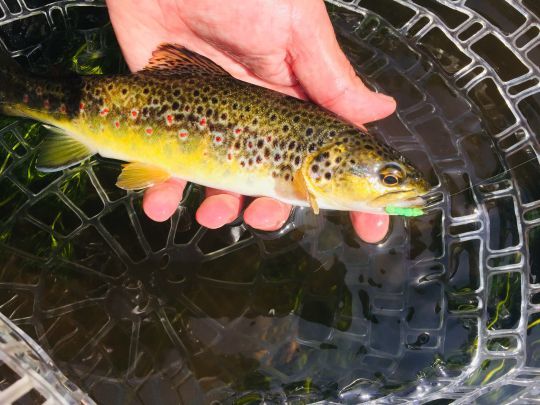
Two-fly fishing
Using two flies often makes it easier to miss them. In this case, I mount a dry fly (which depends on what else may be hatching at this time of year), and 30 to 40 cm below it, a caterpillar on a gallows. When the dry fly moves, pulled by the caterpillar underneath, or sinks, you have to hook quickly. This works very well and allows you to catch trout underwater. In fact, caterpillars don't really float, except just after falling, or if they are still held by their silk thread.
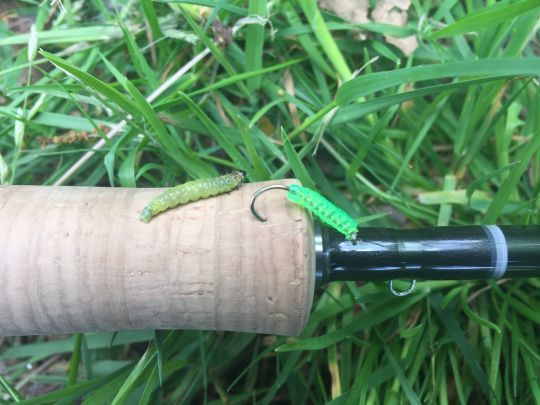
Nymph fishing
In the absence of gobbling or activity, the trout know that it's caterpillar season. As a result, they remain attached to the caterpillars, which are an important source of food for them. In this case, a nymph imitating a caterpillar is often very effective.
They can be mounted in a variety of ways, but imitations in bodyglass or chartreuse-green mounting silk are excellent.
As you can see, the caterpillar season is not to be missed, as the trout gorge themselves on them and lose all suspicion. In fact, you can catch some very fine trout at this time of year. Catch after catch is also possible, as you can sometimes catch more than 10 trout per oak tree if you fall at just the right moment!
It's explosive fishing that's a lot of fun.
